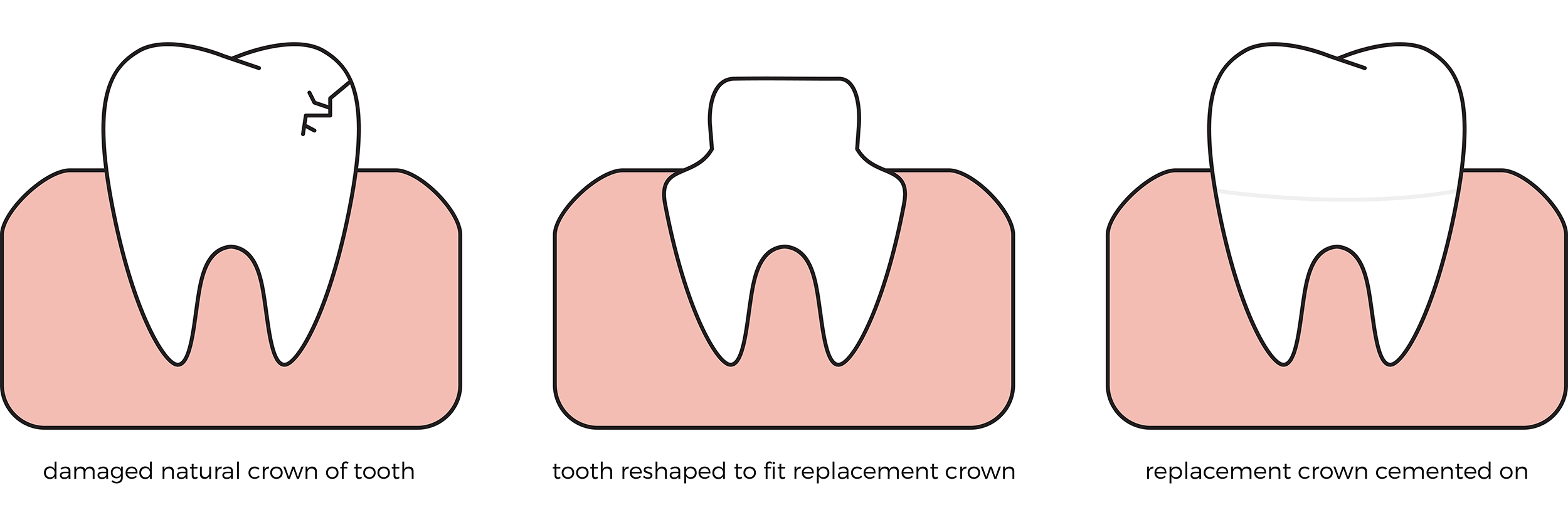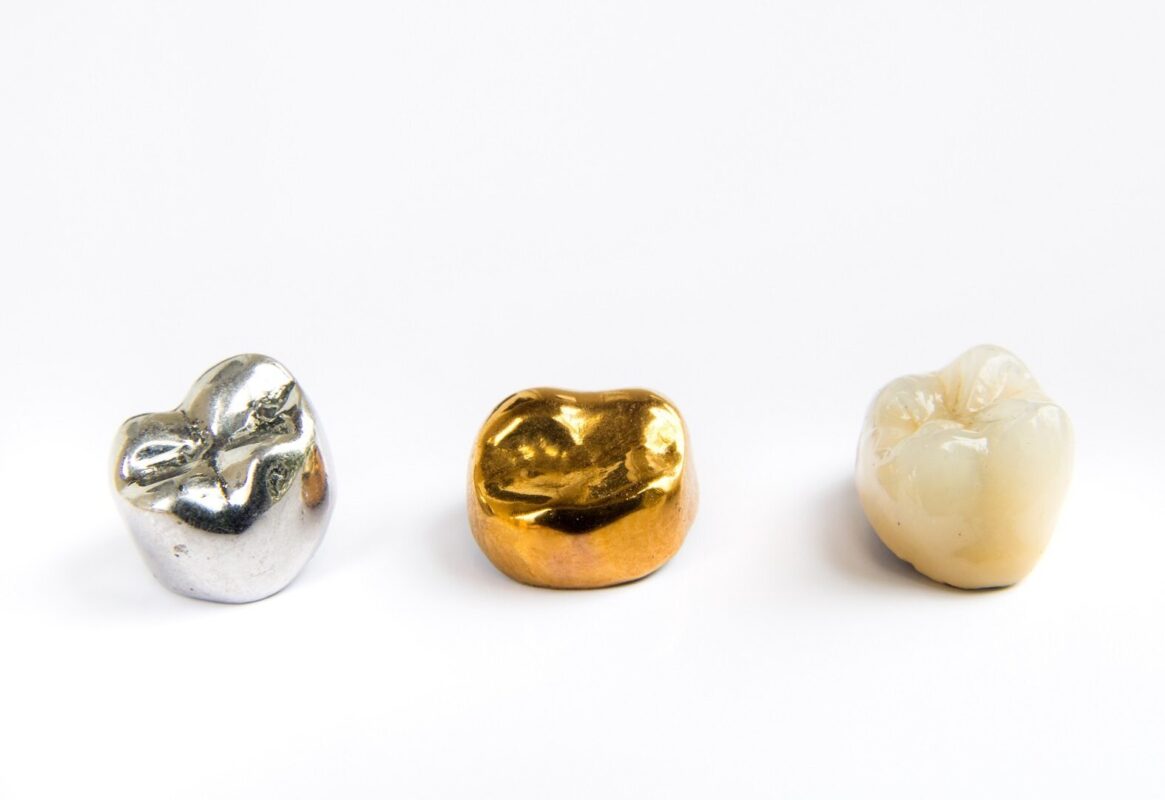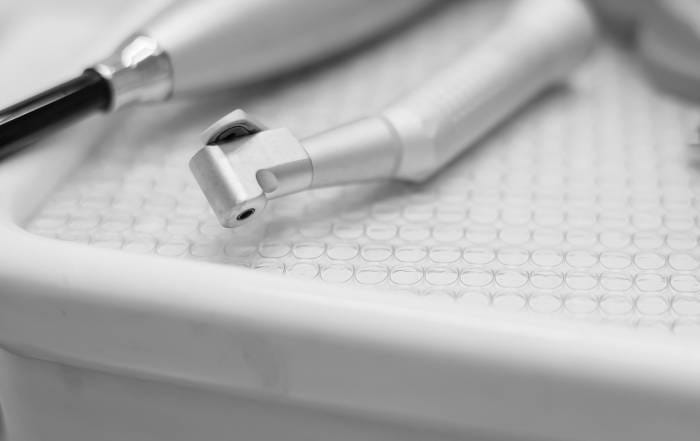A dental crown is a tooth-shaped "cap" that is placed over a tooth to restore its shape, size, and strength. Dental crowns, or caps, allow teeth to be rebuilt to their natural form, covered with materials that mimic natural enamel. Not only are most "capped" teeth indistinguishable from natural teeth, but they're also extremely secure and comfortable.
Crowns can be crafted to restore a single tooth, multiple teeth (including the entire mouth), or in conjunction with dental implants to fill a space. In fact, when missing teeth enter the equation, special consideration might be given to placing a dental bridge or implants. A consultation with your dentist will determine your best plan of action.
When are Dental Crowns the Ideal Treatment Option?
-
To cover and protect heavily restored teeth (with large fillings) from breaking
-
To hold together a tooth that has fractured or exhibits fracturing
-
To restore an already-broken tooth or a tooth that has been severely worn down
-
To hold a dental bridge in place
-
To cover misshapen or severely discolored teeth
-
To cover a dental implant
-
To make a cosmetic modification
Sometimes, a crown is used on primary, or baby, teeth. These instances generally involve significant decay that can't be fixed with a filling, or protecting the teeth of a child at high risk for decay (especially when they have trouble keeping up with daily oral hygiene).
What to Expect from Your Appointment
Today's technology allows us to create crowns that look better and fit more accurately (and therefore more comfortably) than ever before.
You will be given a local anesthetic, and after gentle shaping of the tooth, detailed digital images captured by a computer give us the data we need to create exact replica models of your teeth. Powerful software allows our lab to build a crown milled from the finest porcelain available. While we are waiting for your crown to be delivered from the lab, we create a temporary crown for you to wear for approximately 14 days.
When you return to our office, we will remove your temporary crown and bond your new crown firmly into place. No anaesthetic is required for this second appointment, when your permanent crown is inserted. You'll be on your way to better chewing, better aesthetics, and happier times!
How Long Will My Crown Last?
Crowns generally last about 10 years, if a patient takes care of them. They should be treated just like your natural teeth, so remember to brush and floss daily!
Are There Any Drawbacks?
-
Discomfort or sensitivity can occur as the anesthesia wears off after your procedure. This is usually normal, and typically resolves within 24 hours. If you experience discomfort when you bite down, or experience pain triggered by hot or cold stimuli (that lingers for several minutes), we recommend you call your dentist. Neither of these symptoms are to be expected.
-
Crowns can chip or break with heavy teeth grinding, or if a patient is biting overly hard objects. They can be repaired with a composite resin (tooth-coloured filling material) if the chip is small. If the chip is too large, the crown may need to be replaced.
-
Crowns can loosen if the cement securing the crown washes out. This can allow bacteria to leak in, putting the tooth at risk of decay. Patients should inform their dentist right away if a crown ever feels loose.
Disclaimer: The above mentioned drawbacks are the exception, not the norm. Crowns breaking or loosening occurs very rarely.
Different Types of Crowns
Our most commonly used material is porcelain, but crowns can be made out of a variety of materials. List acquired from the Canadian Dental Association, with edits by Doctor Sam Withanachchi.
-
Metal crowns are made of stainless steel, or gold or silver alloys. They generally last a long time and won't chip or break. They tend not to wear down your opposing natural teeth. However, metal does not look natural, particularly on front teeth. Moreover, gold alloys are now prohibitively expensive due to the inflation of gold values. They are no longer an economically efficient choice of material.
-
Composite crowns look natural. They won't chip as easily as porcelain crowns, but they tend to wear more quickly from chewing. Tooth brushing tends to remove the highly polished surface of composite crowns and this causes them to stain more easily. Composite crowns are used most often in the form of temporary crowns: crowns you typically wear for a two week period while awaiting your permanent crowns.
-
Porcelain crowns look the most natural. They used to be more brittle (ie. weaker) than metal crowns and were not usually placed on back teeth. However, However, new-age porcelain (ie. Zirconia and Lithium Disilicate) are extremely strong. They have very high tensile strength, and when highly polished, are extremely kind to opposing tooth structure (resulting in minimal wear of the teeth that bite against them). Because of this, porcelain crowns are now utilized throughout the mouth. They can be used to restore the very back teeth that exert high compressive forces, and meet the high aesthetic demands of the front teeth visible in your smile.
Porcelain crowns of various compositions are the most commonly utilized crowns at Toothworks Dentistry. We trust you'll love how they look and feel.
If you'd like to discuss crowns as a treatment option — whether your reasons are cosmetic or restorative — we can help! Call our office to book your consultation and find out more.
Yours in better dental health,
Toothworks





